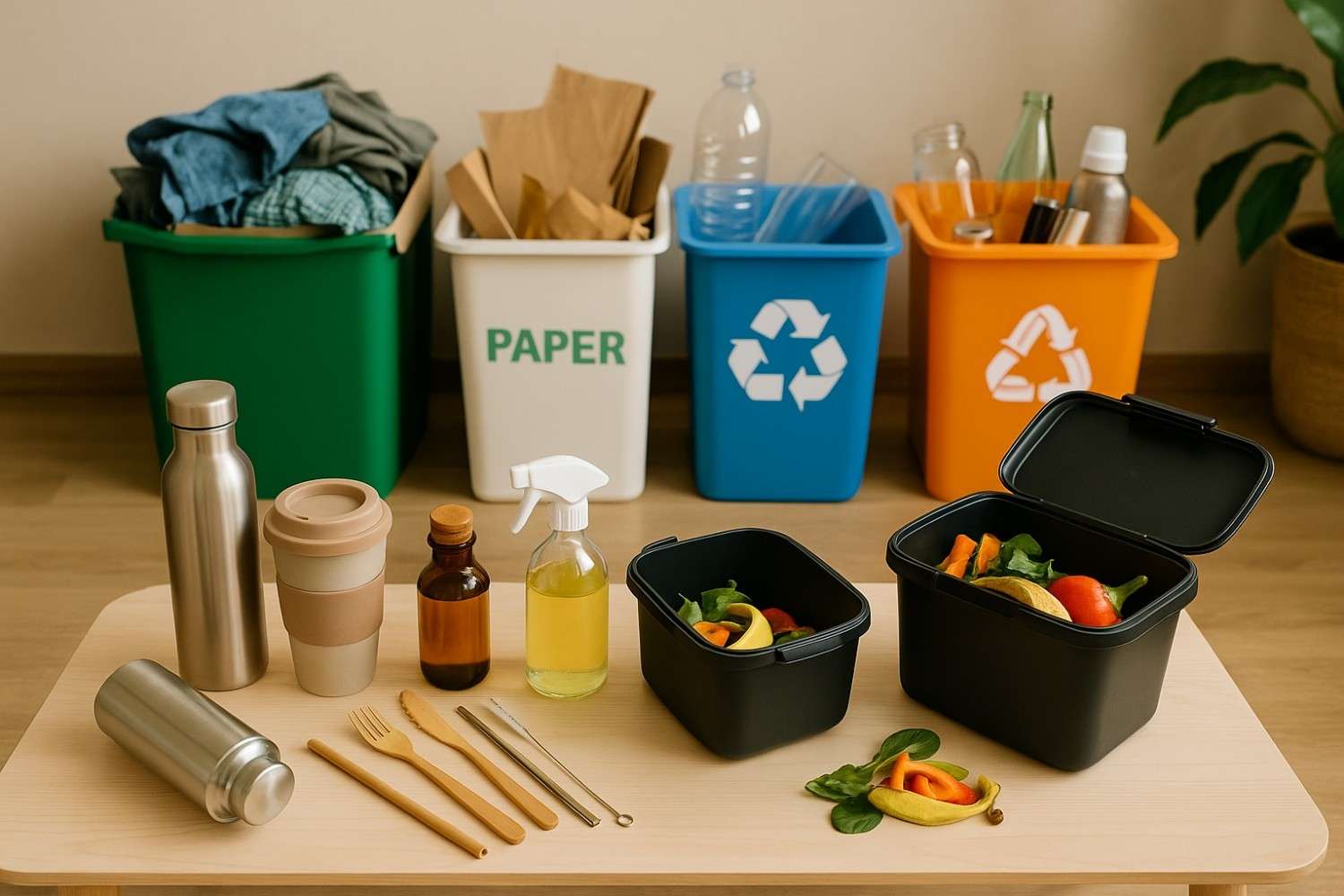Recycling is one of the most effective ways to reduce our carbon footprint, minimize waste, and contribute to a more sustainable future. However, many people still find themselves uncertain about how to recycle effectively at home. Improper recycling can result in contamination, making items unrecyclable and defeating the purpose of the practice. With some simple steps and awareness, recycling at home can be both easy and impactful. Here’s how you can recycle smartly in your own home.
1. Sort Your Waste Beforehand
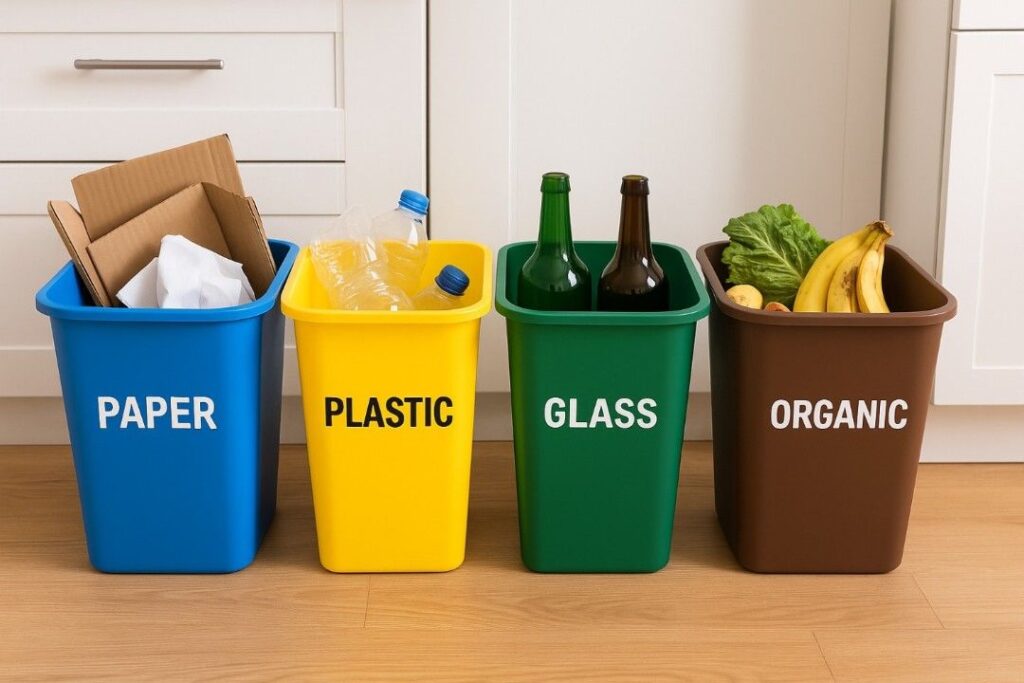
One of the biggest mistakes people make is tossing everything into one bin. Sorting your waste into categories—paper, plastic, glass, and organic—before putting it in the recycling bin is a vital first step. By separating your recyclables, you not only make the process more efficient but also ensure that materials are handled correctly. For example, paper and cardboard are recyclable, but when they’re contaminated with food waste or greasy pizza boxes, they can’t be recycled. Use separate containers for different materials, and consider setting up an easy-to-follow waste station at home.
2. Clean and Dry Your Recyclables
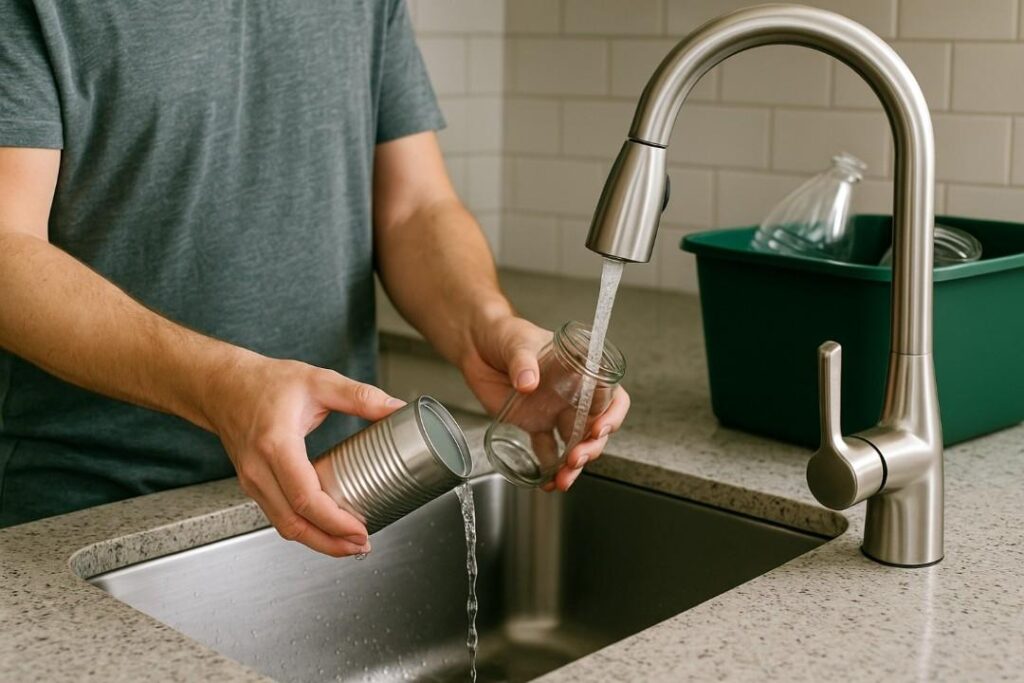
Food residue is one of the primary reasons why recyclables end up in the trash instead of being reused. Before recycling cans, bottles, and jars, be sure to rinse them thoroughly to eliminate any remaining food or liquid. It doesn’t need to be perfectly clean, but ensuring recyclables are free from contaminants significantly increases their chances of being properly processed. A quick splash of cold water is typically sufficient. You don’t need to use excessive water; a few seconds will save you from wasting a lot of valuable resources.
3. Use a Compost Bin for Organic Waste
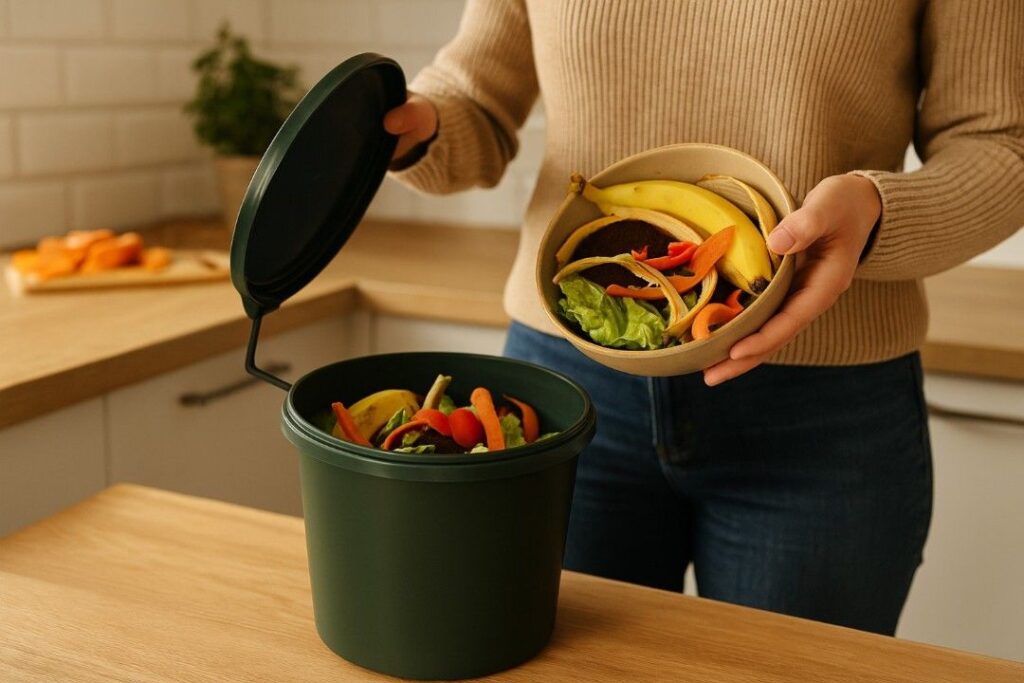
While it’s easy to forget, composting organic waste is one of the most eco-friendly ways to deal with food scraps. Rather than throwing away fruit peels, coffee grounds, and vegetable trimmings, use a compost bin to turn them into nutrient-rich soil for your garden. Composting reduces landfill waste, creates valuable soil, and even helps reduce greenhouse gases. You don’t need a large backyard to start—small compost bins for apartments or kitchen scraps can be easily purchased or made. As an added bonus, composting also decreases your dependency on store-bought fertilizers.
4. Understand Local Recycling Guidelines
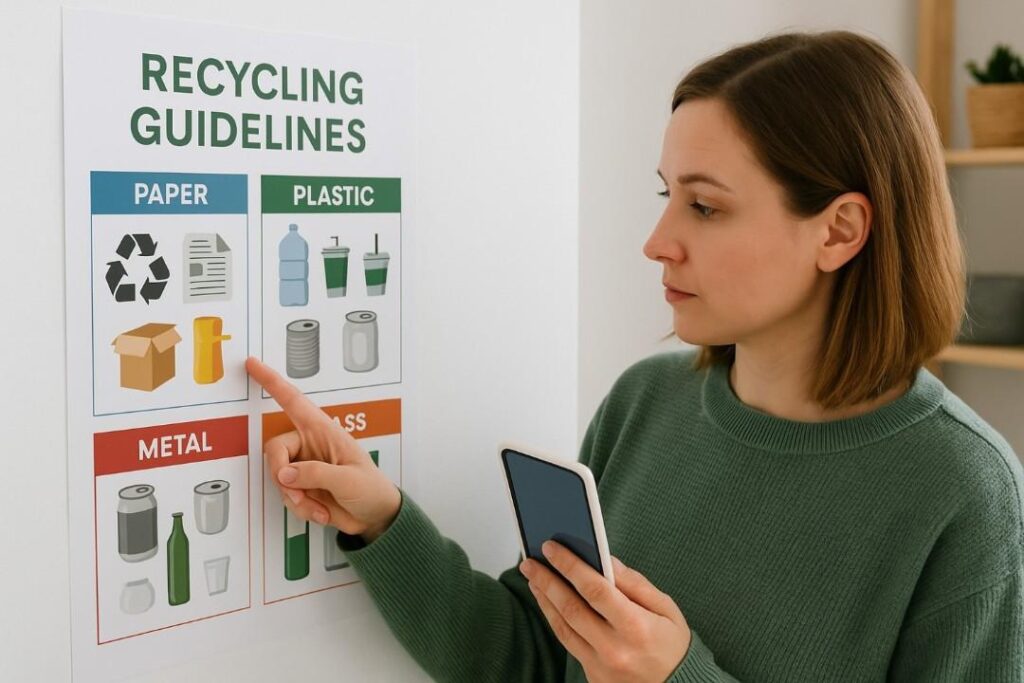
Every municipality has its own set of rules for recycling. Certain regions may accept specific types of plastics, while others may not. It’s essential to familiarize yourself with the specific guidelines in your area to avoid confusion. For instance, in some locations, items like pizza boxes, plastic straws, and foam containers are not recyclable, while other regions might accept them. By adhering to these local rules, you ensure that your efforts aren’t wasted and that you’re supporting your community’s recycling infrastructure.
5. Recycle Electronics Properly
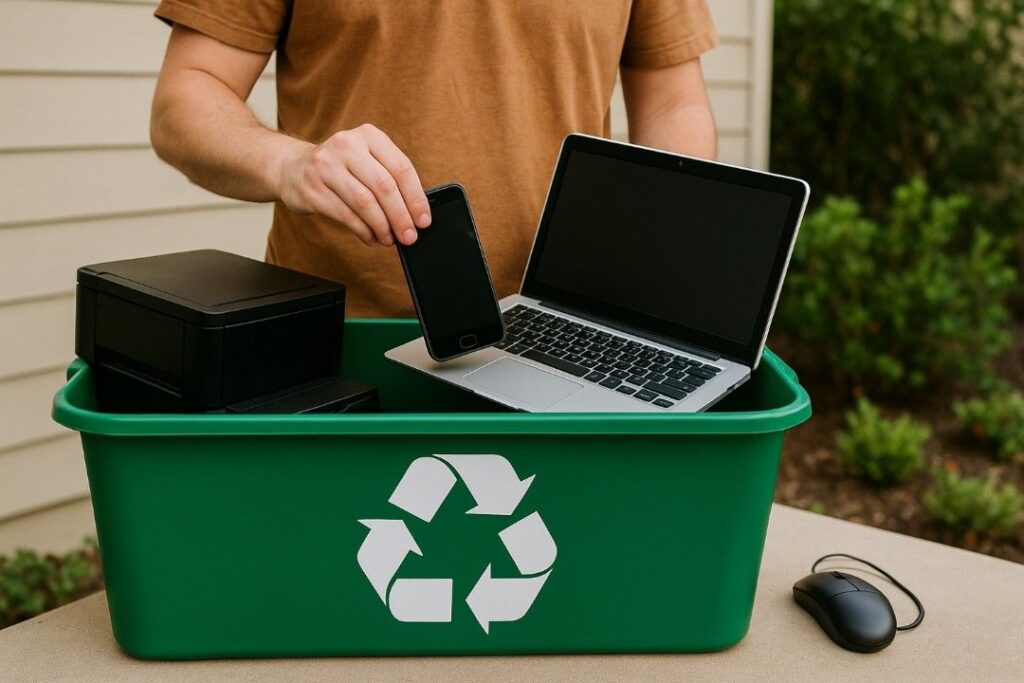
E-waste (electronic waste) is one of the fastest-growing waste categories, and improper disposal can lead to serious environmental damage. Old phones, laptops, printers, and other electronics often contain harmful chemicals and metals like mercury and lead. Instead of throwing away old gadgets, look for local e-waste recycling programs. Many tech stores, municipalities, and non-profits offer drop-off locations for used electronics. Not only does this prevent harmful substances from contaminating the environment, but many recycling centers can also repurpose valuable materials from old electronics.
6. Use Reusable Bags and Containers
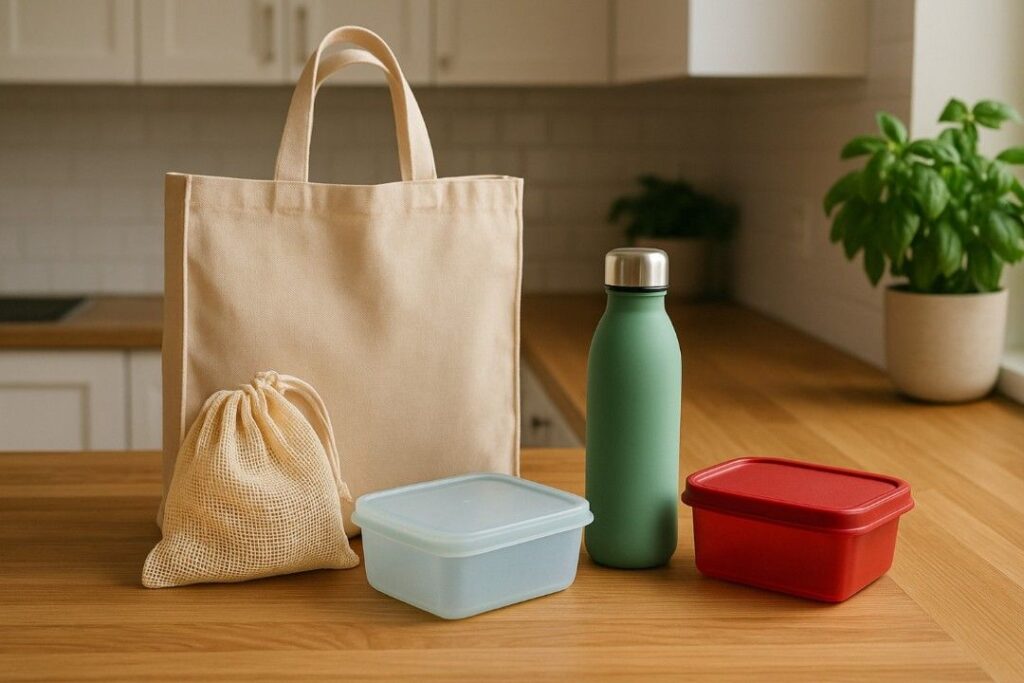
While not exactly recycling, using reusable bags and containers can significantly reduce the waste you generate. Single-use plastic bags, which are not recyclable in most areas, are a major contributor to environmental damage. Consider investing in reusable grocery bags, produce bags, and containers to help eliminate disposable plastic from your routine. Over time, these small changes add up, contributing to a reduction in the demand for plastics, which require more energy to produce and dispose of.
7. Be Mindful of Packaging
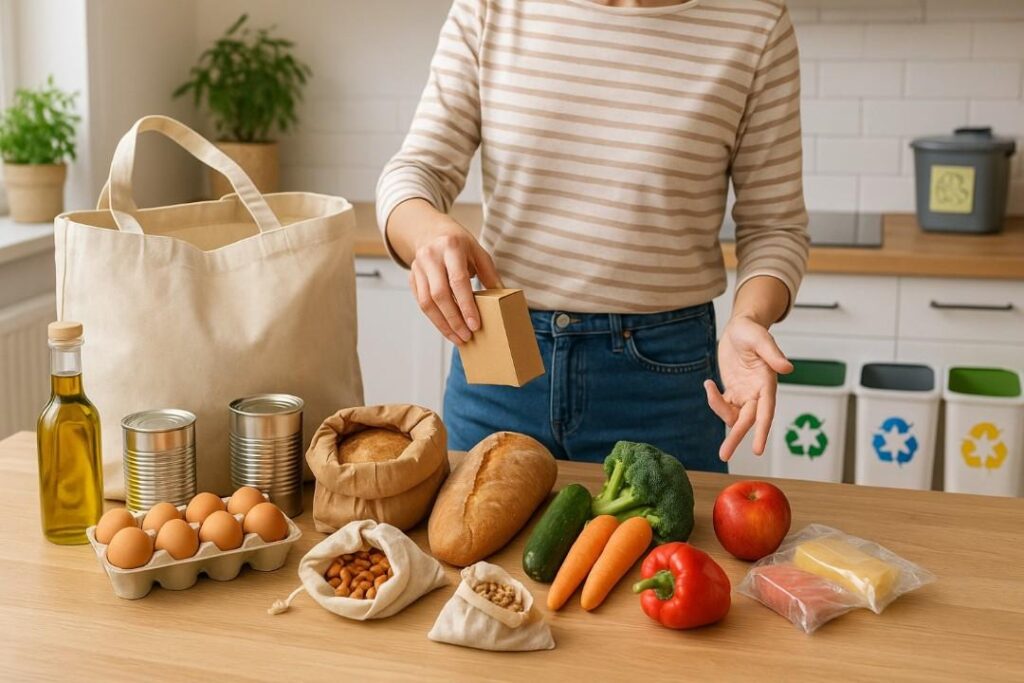
Packaging waste is a major contributor to environmental issues, but there are ways to minimize its impact. When shopping, try to purchase products with minimal or recyclable packaging. Opt for items that come in glass, cardboard, or metal containers—materials that are often easier to recycle than plastic. Additionally, you can support brands that prioritize sustainability by using eco-friendly packaging materials or offering refillable options. By being conscious of your purchases and their packaging, you can minimize the amount of non-recyclable waste that ultimately finds its way into landfills.
8. Repurpose or Upcycle Old Items

Before discarding items like old furniture, clothes, or home decor, consider how they might be repurposed or upcycled into something useful or decorative. An old chair can be transformed into a plant stand, and worn-out clothes can be used to make rags or quilts. Repurposing allows us to prolong the life of items that could otherwise be discarded and contribute to landfill waste. Upcycling allows you to be creative and add a unique touch to your home while reducing waste and saving money.
9. Avoid Single-Use Plastics
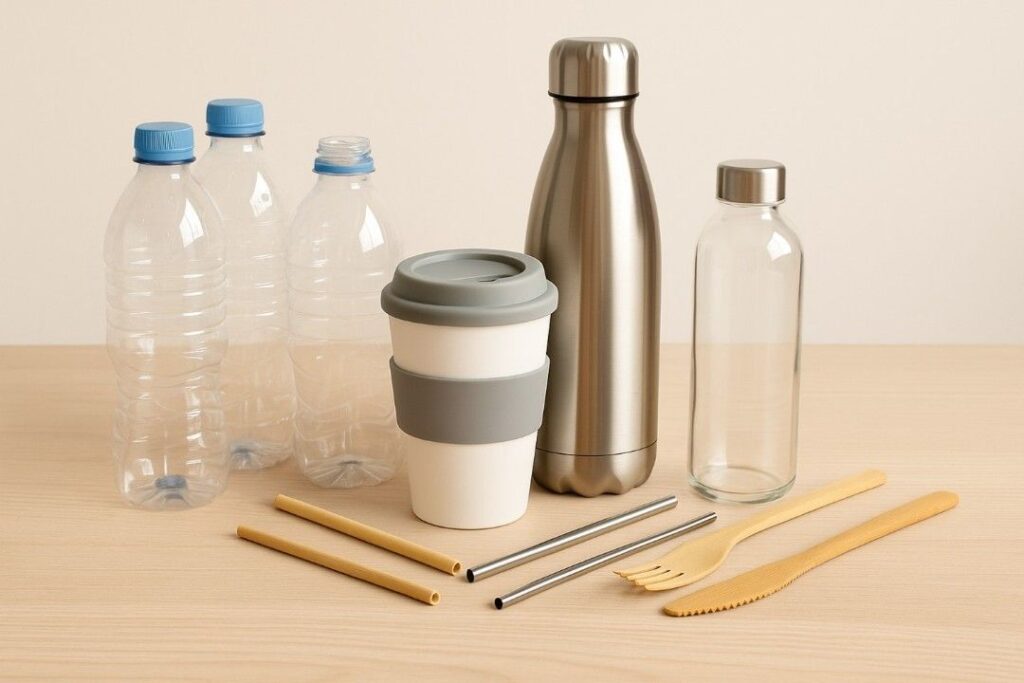
Single-use plastics, such as plastic water bottles, cutlery, and straws, contribute to a significant amount of plastic pollution. To minimize your plastic footprint, choose alternatives crafted from materials such as stainless steel, glass, or bamboo. Reusable water bottles, coffee cups, and straws are easy to carry around and eliminate the need for disposable options. By eliminating single-use plastics, you not only reduce waste but also help prevent ocean pollution and the harm these plastics cause to wildlife.
10. Buy Secondhand

Purchasing secondhand items—whether it’s furniture, clothing, or electronics—is a powerful way to recycle smartly. By purchasing second-hand items, you provide them with a new lease on life while also helping to lessen the demand for new products, which frequently consume extensive resources during production. Thrift stores, online marketplaces, and local exchanges are excellent places to find gently used items. This practice prevents goods from going to waste and also supports a circular economy, where products are reused and repurposed rather than being thrown away.
11. Educate Your Family
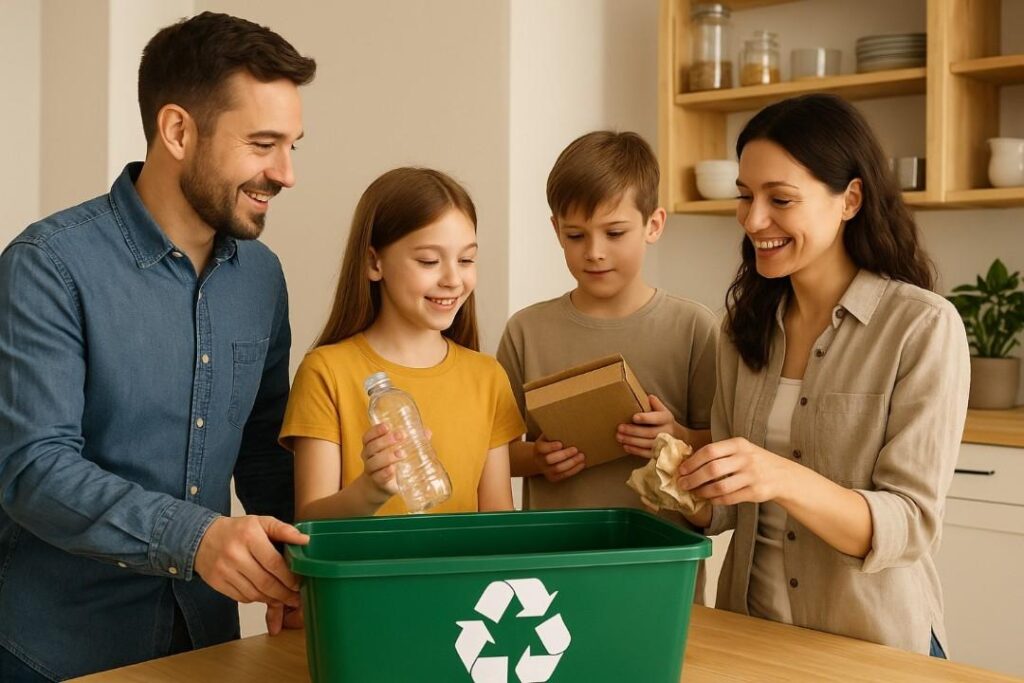
Recycling is a habit that should be nurtured within the home. Teach your family, especially children, about the importance of recycling and how to do it properly. Encourage them to separate recyclables and compostable materials from trash. Family members can even create DIY recycling projects together to better understand the process and its benefits. The more people who are aware of recycling’s importance, the more sustainable your household will be, and the better equipped everyone will be to handle their waste properly.
12. Choose Eco-Friendly Cleaning Products
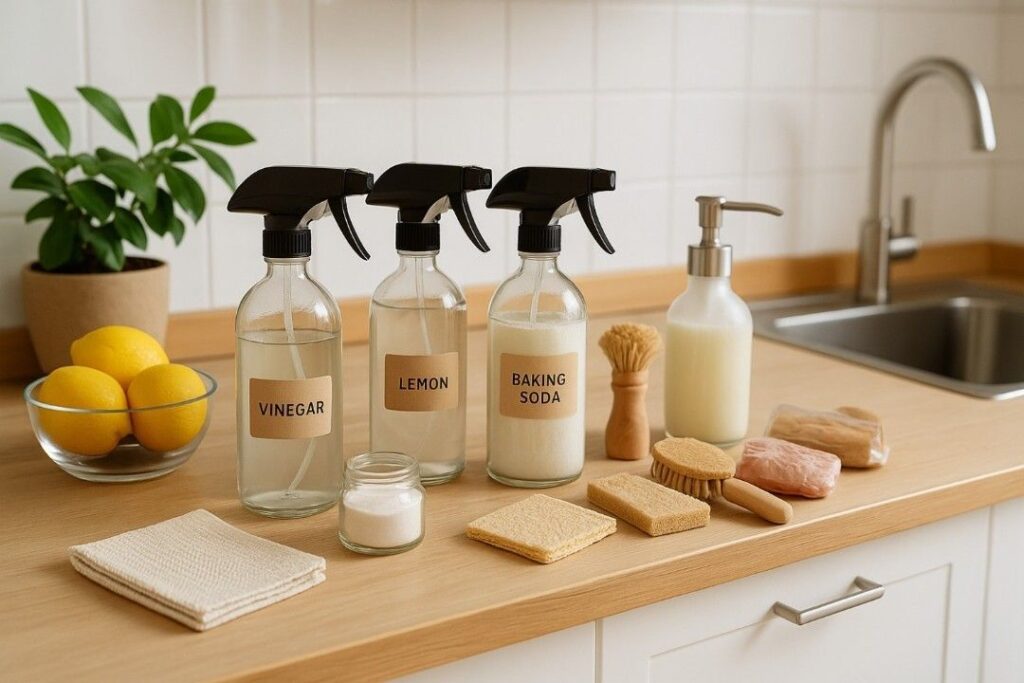
Numerous cleaning products include toxic chemicals and come in plastic bottles that are challenging to recycle. Switching to eco-friendly cleaning products reduces both your chemical exposure and plastic waste. Look for cleaning supplies in refillable or biodegradable packaging, or even consider making your own cleaning solutions using simple ingredients like vinegar, baking soda, and lemon juice. These products are just as effective as traditional cleaners and offer a sustainable alternative to plastic-filled commercial products.
13. Properly Dispose of Hazardous Waste
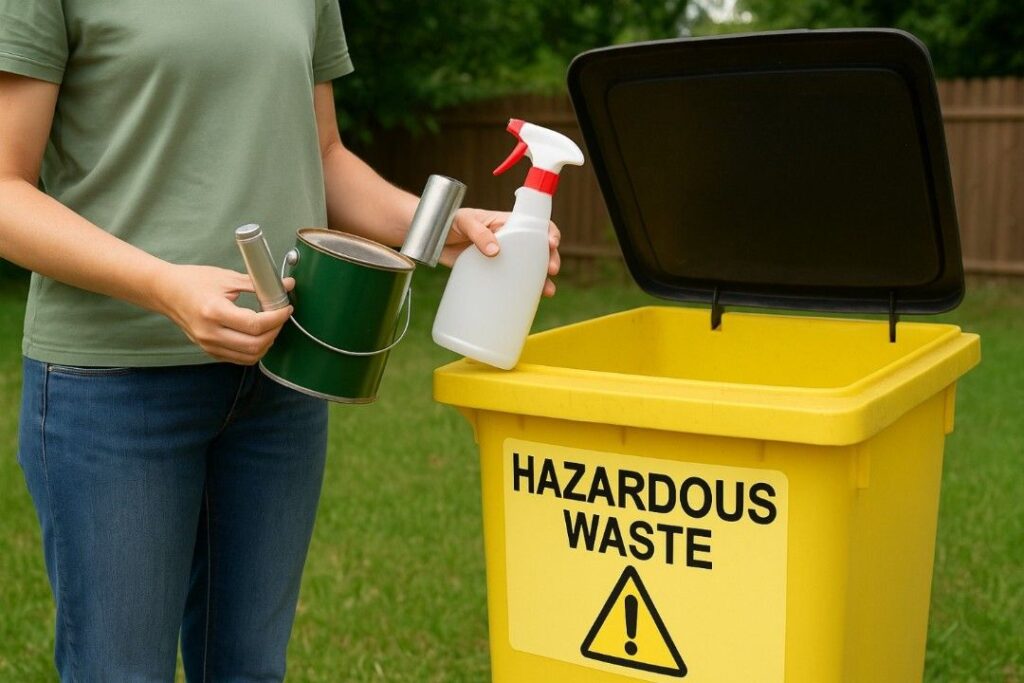
Certain items like batteries, paint, and cleaning supplies should never be thrown into your regular trash or recycling bins. If not disposed of properly, these hazardous materials can pollute water sources and negatively impact the environment. Many communities have specific collection days or drop-off locations for hazardous waste. Be sure to check with your local recycling programs to learn how to safely dispose of items like old batteries, paint cans, or fluorescent light bulbs.
14. Recycle Clothing and Textiles
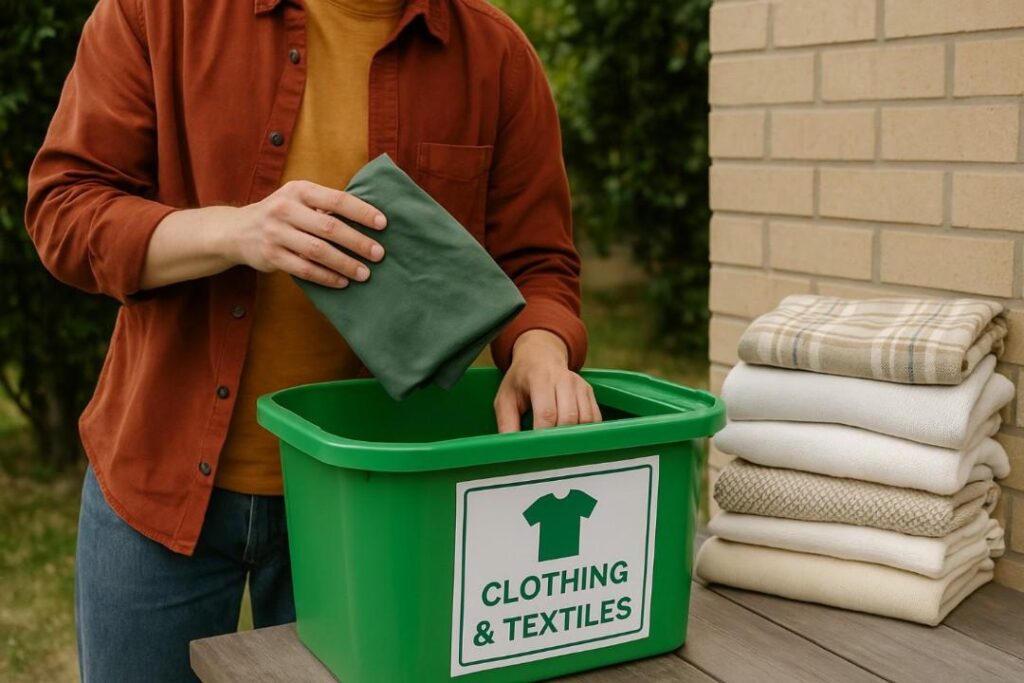
Textiles like clothes, towels, and sheets can also be recycled, but not in the traditional curbside bin. Many charities and textile recycling programs accept old clothing, shoes, and fabrics for donation or recycling. If clothes are too worn or damaged to donate, you can upcycle them into new items or send them to specialized recycling centers that can process textiles. By recycling or donating your old clothes, you reduce textile waste, which is one of the most rapidly growing waste categories.
15. Lead by Example
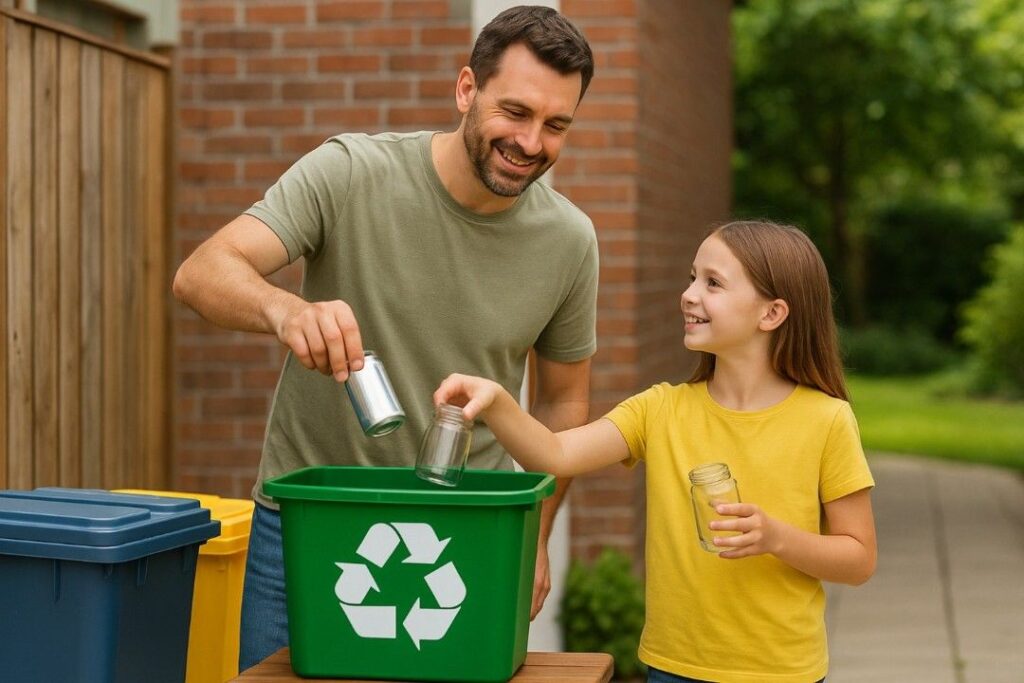
Finally, one of the best ways to ensure that recycling becomes a consistent habit is by setting an example for others. Whether it’s in your household, neighborhood, or workplace, showing others how to recycle smartly can have a ripple effect. Lead by example by adhering to the best recycling practices, teaching others how to do it properly, and encouraging the use of sustainable products.
Conclusion
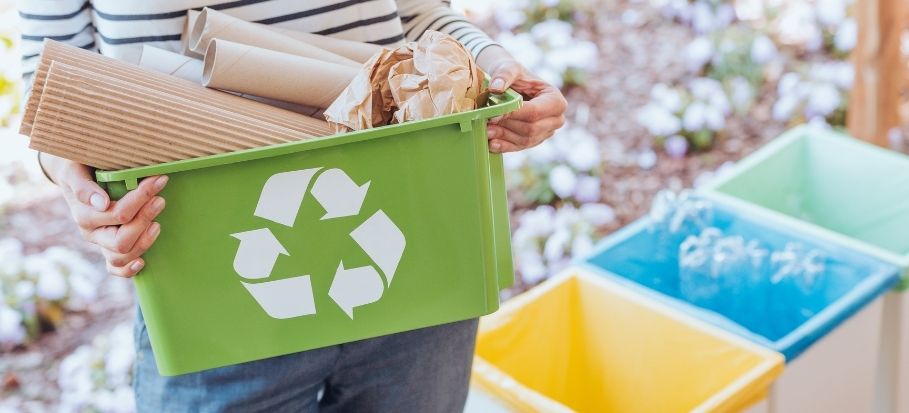
By following these steps and making small changes, recycling at home can be a simple yet impactful way to contribute to a more sustainable planet. The key is to stay informed, be consistent, and think creatively about how to reduce waste and repurpose materials. Every effort counts, and together we can make a big difference.

